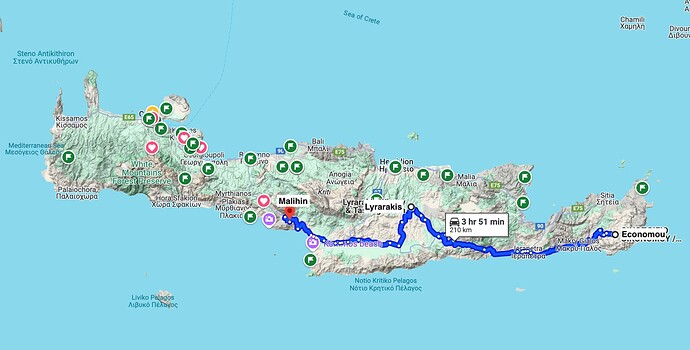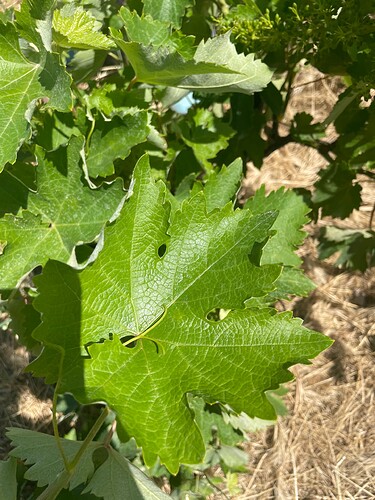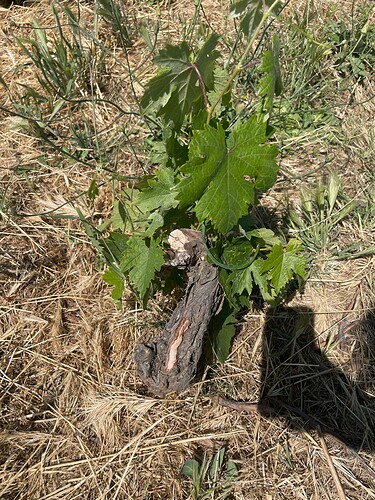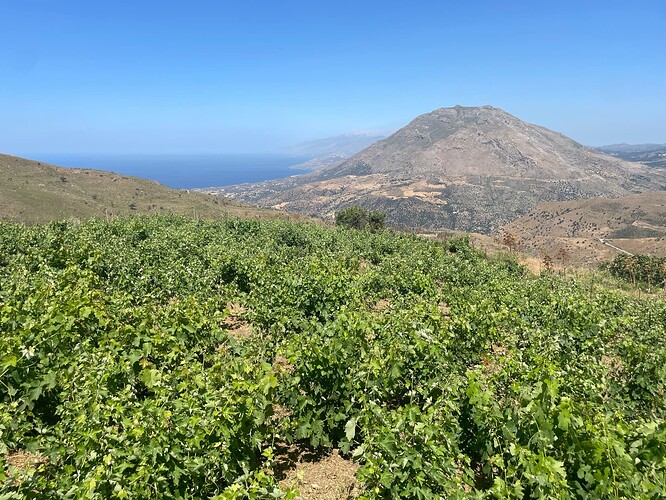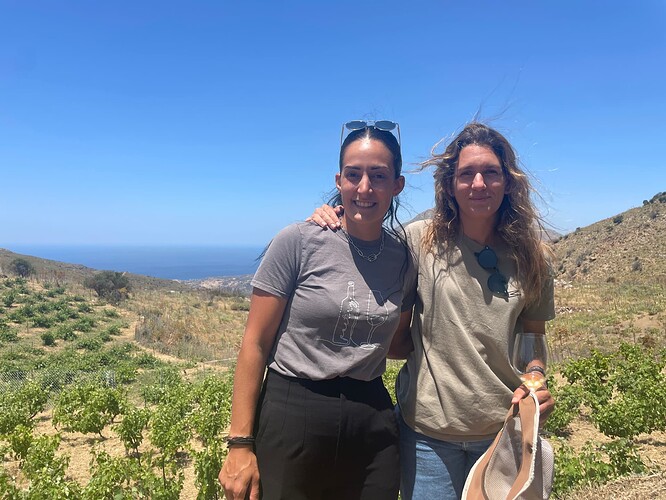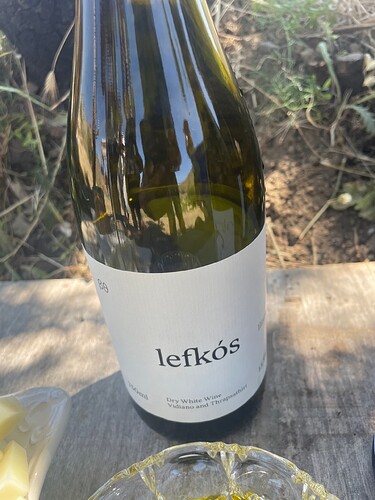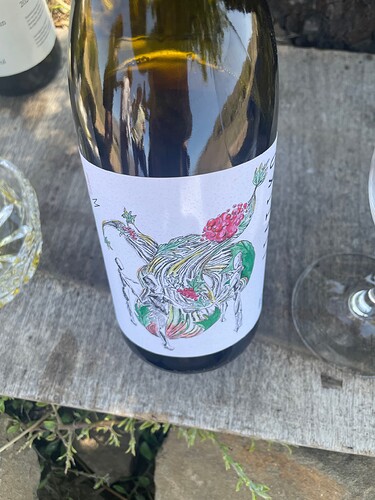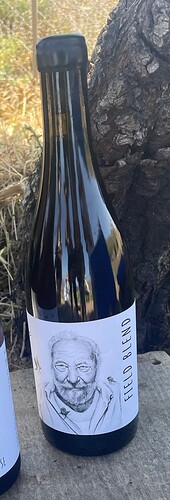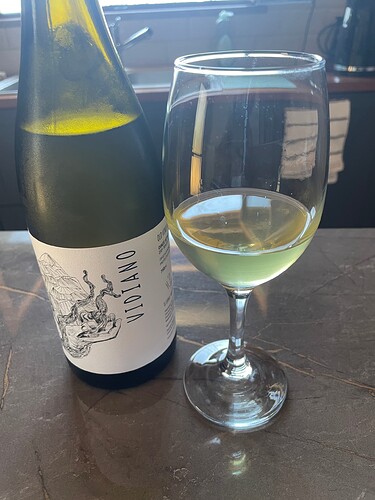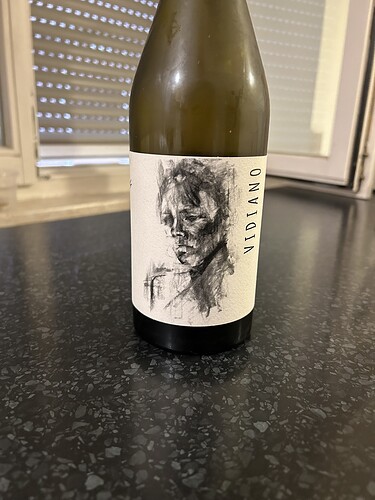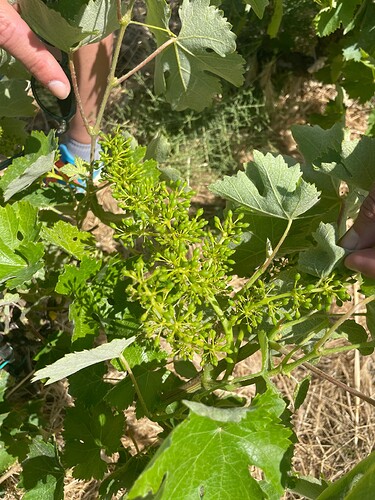For those familiar with Greek wines, Crete is often associated with the Protected Designation of Origin (PDO) areas of Peza, Arachne and Dafnes (the most productive triplet of regions at the center of this wide strip of an island, and home to Lyrarakis Winery), and Sitia (in the otherworldly far East of Crete, where the formidable Economou’s domain lies).
But one oenologist, Iliana Malihin, has brought a different vision to life. In crafting multidimensional, thoughtful and joyful wines near her ancestral home village, she is reinvigorating viticulture in the mountainous region of Rethymno, to the West of Heraklion and near the Southern coast of Crete. It was a rare pleasure to visit yesterday with Iliana and her colleague, the oenologist Rodoula Giparaki.
Iliana’s choice of place seems to be about even more than a desire to separate herself from the crowd and pay homage to her Rethymnon heritage. This is a mountainous region, from 600-900 m (2,000-3,000 ft) above sea level, with its distinct mix of schist, clay and slate. It is exposed to winds from the southern, Libyan Sea and cold descending from the Psiloritis Mountains to the East.
This is also, importantly for Malihin wines, where some of the oldest plantings of the Vidiano white wine grape can be found. Indeed, Iliana is clear about what brought her to the vineyards around Mount Vouvala. “I came here almost by accident, because I was searching for prephylloxera vines of Vidiano,” she tells me. Prephylloxera vines abound here, some over 100 years old and many over 30.
The vines I saw up close, old and new, were ungrafted, cultivated in a head-trained manner. Iliana says that as soon as she first saw the vineyards in the picture below, she has a clear vision of how the winery would operate. Iliana and Rodoula promote an extensive approach, keeping distance between vines (a necessity for a no-irrigation approach in Crete) and manual picking timed for fruit and acidity. This, along with long, indigenous fermentation in a mix of stainless steel, concrete and used barriques, marks Malihin’s focus on combining histories cultivation practices with a youthful, learned, distinct sensibility.
Malihin works closely with about 40 winegrowers in the area. Iliana’s bachelor’s degree is in agriculture, and it shows. Both she and Rodoula hop on and off the side of their 4x4 pick up truck with the ease of youth and practice, reminding me of my father-in-law back int the day, at work in his Midwest cornfields. Sometimes they hop off to check in on a vineyard, sometimes just to chat.
The vineyards are mostly unirrigated, other than during the first three years of growth, and treated minimally with sulphur. All this by hand – there is no equipment to be seen. The only downside, they tell me, is that watering well is a slow process of taking a hose planting to planting. Many of the older fields are made up of 7 cepages. Four whites, Vidiano (the main grape in these fields), Therapsathiri, Melissaki, and Plyto. Three reds, Liatiko, Kotsifali, and Romeiko. New plantings are sometimes a mix of Vidiano and Thrapsathiri, and sometimes Vidiano alone.
Malihin began making wines in 2019 and the past six years have held more than their fair share of trials. Beyond Covid and the dissolution of a business partnership, there was a fire in July of 2022 that burned through the vast majority of their old vine vineyards. Luckily, many of the plantings survived, although evidence of the fire is everywhere. Nevertheless, Mahilin’s wines are the proof of this winemaker’s philosophy of low intervention, sense of place, and an attitude that viniculture encompasses attending to land, sky, sea, flora, fauna and social relations.
2024 Malihin Lefkos, Vidiano and Thrapsathiri
Although Vidiano is well known for the apricot notes it brings to the palate, my first impression on the nose was distinctly floral, likely owing to the Thrapsathiri blend. Stone fruit was certainly evident in the palate, with minerality throughout. A terrific, juicy, picnic wine. About 550 cases produced. 15,50 € in Crete
2023 Malihin Liatiko Rose
True to its reputation for carving its own path, Malihin’s rose is heavier bodied than other Liatiko roses. The grapes for this wine are sourced from vineyards in Fourfouras, to the north of the Melambes where we met where Iliana is similarly involved in the viticulture. There is no question that this is a Liatiko. Mahilin exposes the must to skin, allowing for this grape’s distinct notes to clearly come through. There is Liatiko’s signature fruity fleshiness, there are tannins, Yet, this is presented with a light touch. Easily drinkable on a hot day. A tongue in cheek, playful yet carefully produced wine. The image on the bottle depicts fruit cultivated from fire, depicting how destruction can birth life. 15,50 € in Crete
2023 Malihin Field Blend
Made from the vineyards pictured, facing the Libyan Sea, this is much more than a mix of grapes. It’s a multidimensional wine, with flavors that integrate together while at the same time allowing hints of the grape varietals to come through. In turn juicy and oily, with herbaceous and fruit notes, It seems to me that a wine like this can only be made from old vines that provide the concentration of fruit for such a blend to work. Deserves to be tasted by far more than its ~220 case production will allow. The portrait on the label is of Pavlos, a winegrower and friend to the winery. 37,70 € in Crete
2022 Malihin Vidiano “Old Vines Rhea”
Here, in my opinion, is Crete’s distinct white wine, not Assyrtiko but something else entirely. Made from grapes from a single vineyard. Fresh, mineral on the nose, a bright palate with apricot and a hint of warm earth. This is wine to be drunk with pork and potatoes, Cretan style. It has the weight and acidity to cut through fatty foods. It’s vibrant and herbaceous. The concentration of old vine fruit sings. Long fermented on indigenous yeast, on lees in stainless steel for 12 months. 37,70 € in Crete
I would recommend trying all, especially the Field Mix and Rhea Vineyard.
